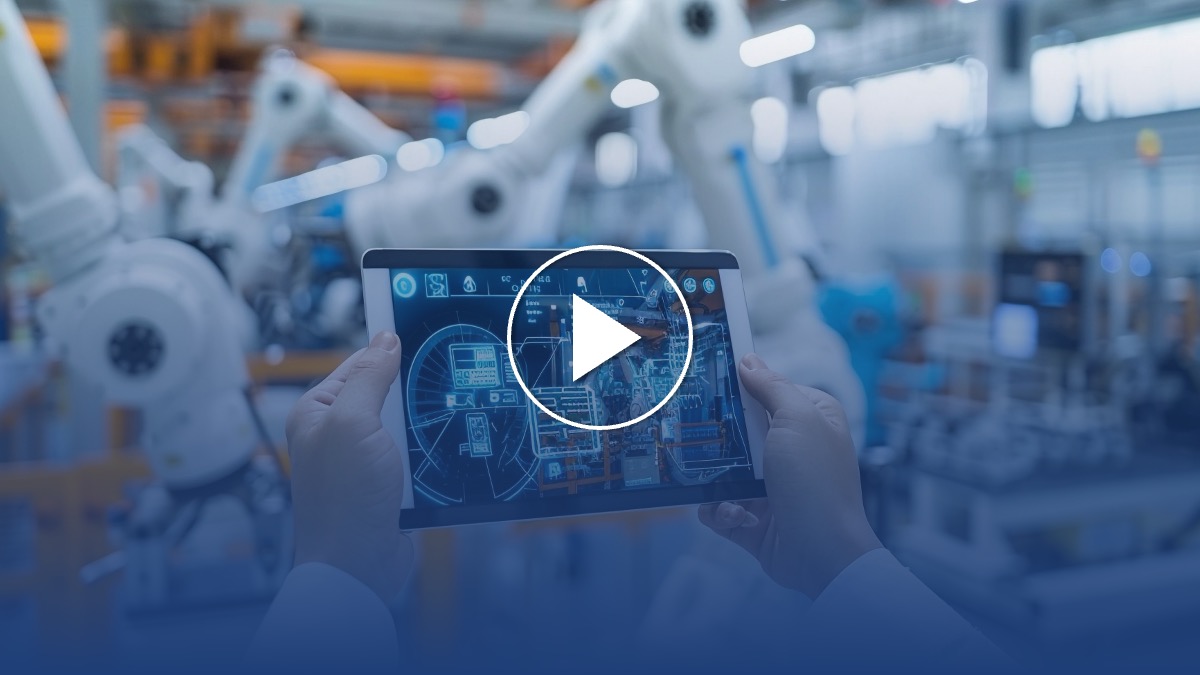The next generation of the service bus
It’s hard to think about life without evolution. It’s the reason humans exist and it’s fundamental in a thriving ecosystem. But it’s also a powerful word in industry. It’s fixed in the description of the Industrial Revolutions and also reflects the changing technology over the last 30 years. As the industry becomes increasingly reliant on data, the architecture used to manage it must evolve too.
The enterprise service bus (ESB) is regarded as the most promising strategy for integrating business applications across distributed and diverse frameworks today. Its key functionality is that it enables easy integration of multiple applications by putting a communication bus between them, which is crucial in increasing organizational agility.
However, for enterprises serious about digital transformation, they can no longer rely on just the ESB. The industry of tomorrow needs to add transformation and intelligent logic between the data end-points to enable a varitety of IoT use cases.
The beginning (ESB)
Before 2000, engineers who coded interfaces between enterprise resource planning (ERP) systems, factory sensors and machines realized they needed a standard, recyclable interface to automate their coding. It’s argued that was the origin of service oriented architecture (SOA), one of the architectures from where ESB evolved. From the ESB followed the need for an event driven architecture (EDA) to leverage insights when they occur. These were initial steps toward the integration of large enterprise systems such as ERP, customer relationship management (CRM) and enterprise financial services (EFS).
The ESB provides elastic interfaces among numerous applications, systems and services. Using the ESB as a middleware layer creates a superset of both SOA and EDA. Therefore, the ESB provides support for transforming messages, live streaming data, smart routing, and protocol transformation. Furthermore, when the ESB is implemented right, it becomes an important component of emerging machine learning applications.
The middle
Industry 4.0 sets new expectations for the traditional service bus architecture, meaning that the service bus needs more functionality than ever before. There is now the need for an intelligent integration layer that not only moves messages between endpoints, but can also run real-time applications and workflows with full data analytics capabilities.
As a result, the service bus of tomorrow now needs to be adopted in all three major communication layers: the cloud based service bus, manufacturing service bus (MSB), and the ESB.
Pressures for new architecture are being felt across all areas of an organization, resulting in new requirements on all data layers. For example, machines require data in milliseconds, driving the need for real-time, event-driven communication. Secondly, acting reactively is moving towards being more predictive, creating a need for machine learning (ML) abilities within both the MSB and the ESB layers. In addition, there is also the need for a common data model or a unified namespace to enable data comparison and usage of all asset data.
Preparing for an intelligent future
The industry is in critical need of finding an easy way to complement existing infrastructure to leverage the value that their data conceals — and at the same time it needs to find new solutions for leveraging data to its fullest potential. However, the good news is that existing service bus infrastructures can be complemented with an intelligent integration layer that makes it possible to scale up initiatives.
The ESB of the future needs to serve all three layers of communication from one central location and without writing code. Particularly in the case of remote or hybrid working, or for organizations with multiple sites, a centralized platform is key. This will enable businesses to remotely connect and analyze, install and test uses cases no matter where they are located, allowing teams to work together more efficiently.
Why use three vendors, when you can use one? Decision makers need to think strategically and consider a platform built to meet the needs of data-driven strategies. This means a hybrid platform offering cloud-based innovation, management and orchestration of all Industry 4.0 use cases, as well as enabling use cases that can run in the cloud, on-premise and at the edge with the same software. Having this multi-functional system in place will support real-time integrations for machine-to-machine communication, reduce silo complexity and enable simpler digitalization.
Just like human evolution, the technology that is so crucial in digitalization efforts is evolving. As a result, it’s vital enterprises have access to intelligent architecture that can handle their increasing demands. However, striving for intelligence doesn’t mean more complex. The key purpose of intelligent software is to in fact make tasks, simpler. The future now requires intelligent technology that enables functionality across all layers.
This article was written by Martin Thunman, Co-Founder & CEO of Crosser.


